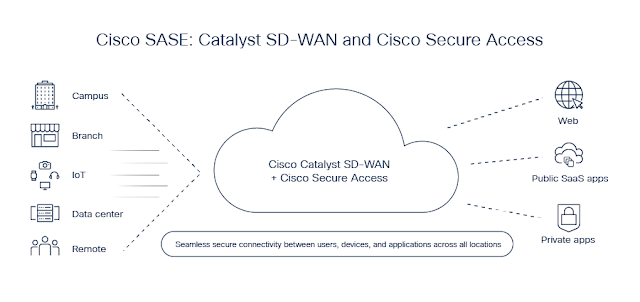Bridging the digital divide has been a longstanding top priority for countries globally. According to Broadband Research, in 2023 approximately five billion people (64% of the world’s population) were connected to the internet. That means roughly three billion people do not have the basic digital necessities such as...




















